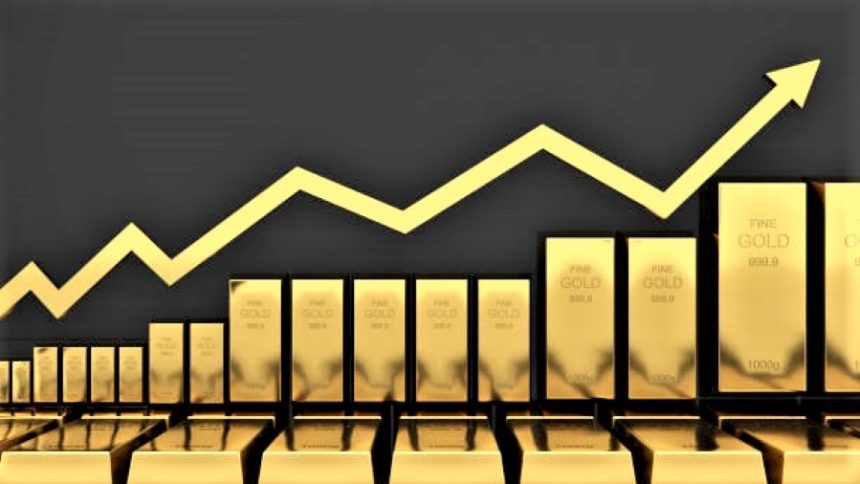Gold gains ground for the third session on a weak US dollar.
During the Asian session on Monday, gold price pared some of its intraday gains, pulling back from a six-month high of $2,018 per troy ounce. At the time of writing, the precious metal is trading around $2,010.
Gold may benefit from the upbeat sentiment as the PBoC increases financial support for private enterprises.
The price of gold may rise higher as a result of the positive emotion generated by the news that the People’s Bank of China (PBoC) has issued a notification to the market. Increase financial assistance to private businesses. This includes assistance for private companies in the areas of listing and financing, mergers and acquisitions, and restructuring.
The PBoC has committed to promote bond issuance by privately held corporations and has encouraged lenders not to limit or halt loans for privately owned firms experiencing temporary difficulties but possessing competitive technologies.
Officials at the Fed prefer additional tightening and underscore that choices will be based on new evidence.
The unfavorable sentiment surrounding the US Dollar (USD) helps gold rise. The mixed S&P Global PMI data has affected this negativity, causing market investors to anticipate that the US Federal Reserve (Fed) may consider easing monetary policy in 2024.
The interaction of these variables is adding to Gold’s strength as a safe-haven asset in the face of uncertainties in the US dollar and the Fed’s monetary policy trajectory.
The most recent information The November S&P Global Composite PMI for the United States is steady at 50.7. The Services PMI rose from 50.6 in October to 50.8 in November. However, the Manufacturing PMI fell to 49.4 from 50.0, falling short of the predicted 49.8.
The US Dollar Index (DXY) is hovering around 103.40, attempting to stem losses as US Treasury yields rise. By press time, the 10-year and 2-year bond yields in the United States were 4.50% and 4.97%, respectively.
Despite talk of possible relaxation, Federal Reserve (Fed) officials have emphasized the need for additional tightening. Furthermore, they have stated that choices will be based on new information.









